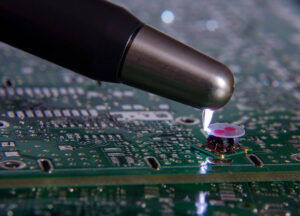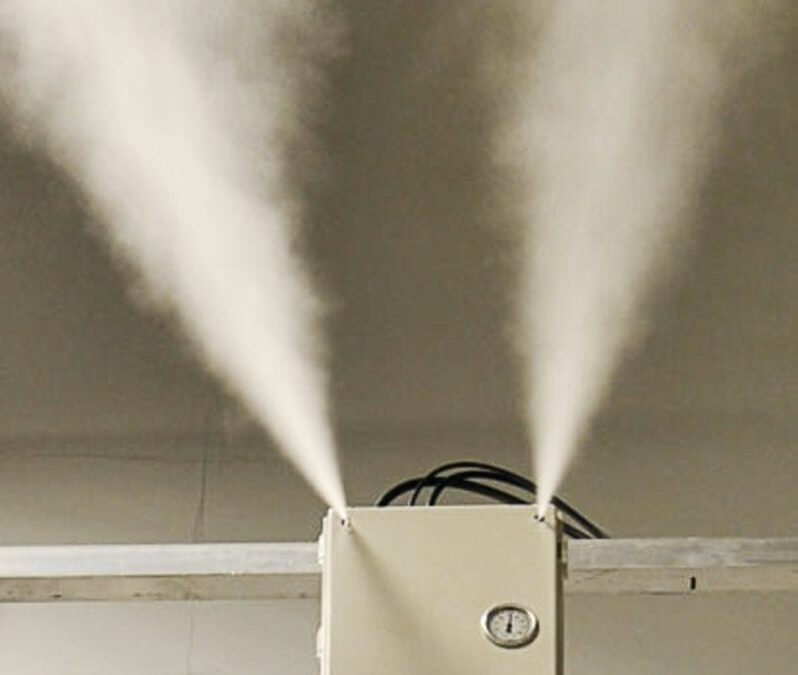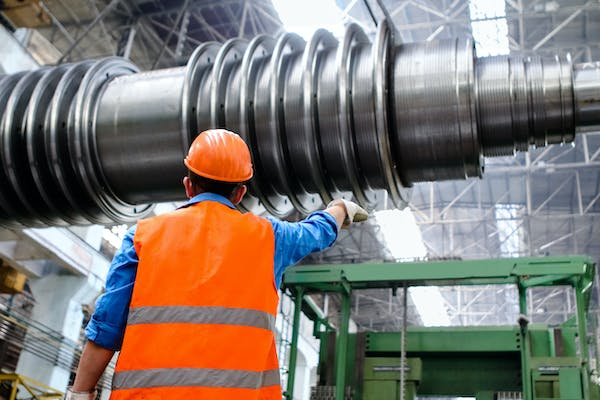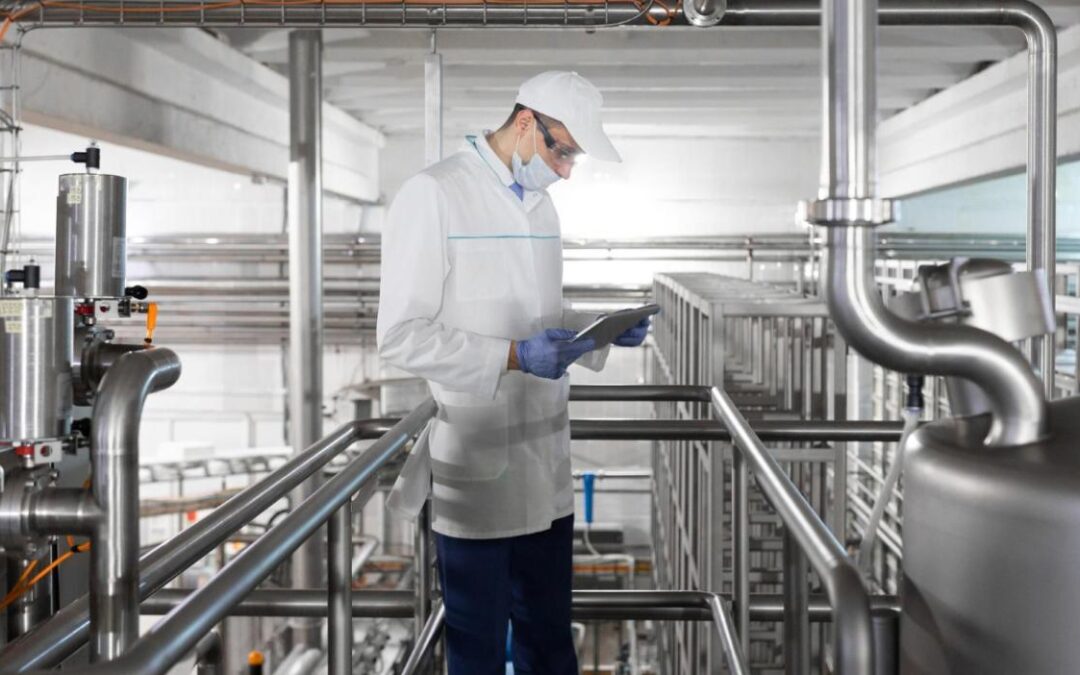In electronic manufacturing, humidity control is vital for consistent and high-quality outcomes in processes like PCB design services and production. By maintaining moisture within controlled parameters, manufacturers address the damage caused by electrostatic discharge (ESD) and excess moisture.
Prevent Dry Conditions and Electrostatic Discharge (ESD)
Humidity plays a crucial role in the manufacturing environment, affecting ESD incidents. The heat from machinery creates dry conditions where ESD builds, risking the integrity of electrical conductors and the manufacturing process. To counter this, it’s crucial to keep humidity at or above 30%.
Eliminating the risks of ESD requires the perpetual saturation of non-fluctuating humidification. Self-evaporative technology uniquely solves this problem by diffusing self-repelling moisture that quickly spreads and stabilizes throughout the room. There are no opportunities for ESD discharge to damage electrical components when self-evaporative humidification is included in the PCB manufacturing process.
Prevent Excess Moisture and Corrosion
But dry air isn’t the only threat. However, excess moisture can be problematic, leading to condensation and triggering corrosive electrochemical processes. From condensation to puddling, excess moisture threatens both the electrical products and the machinery that makes them.
However, self-evaporative humidification limits the damage caused by excess moisture. Because droplets self-repel and self-evaporate, puddles and condensation never get the chance to form. In turn, well-saturated and stable conditions enable a more seamless manufacturing process.

Key Takeaways
Balancing moisture within controlled parameters and excluding excess moisture is crucial in PCB manufacturing. The integration of self-evaporative humidification in the PCB manufacturing process is instrumental in mitigating the risks of ESD and excess moisture. The unique properties of self-repelling moisture eliminate opportunities for ESD discharge, while non-wetting humidity prevents the formation of puddles and condensation, ensuring a seamlessly efficient manufacturing process.





